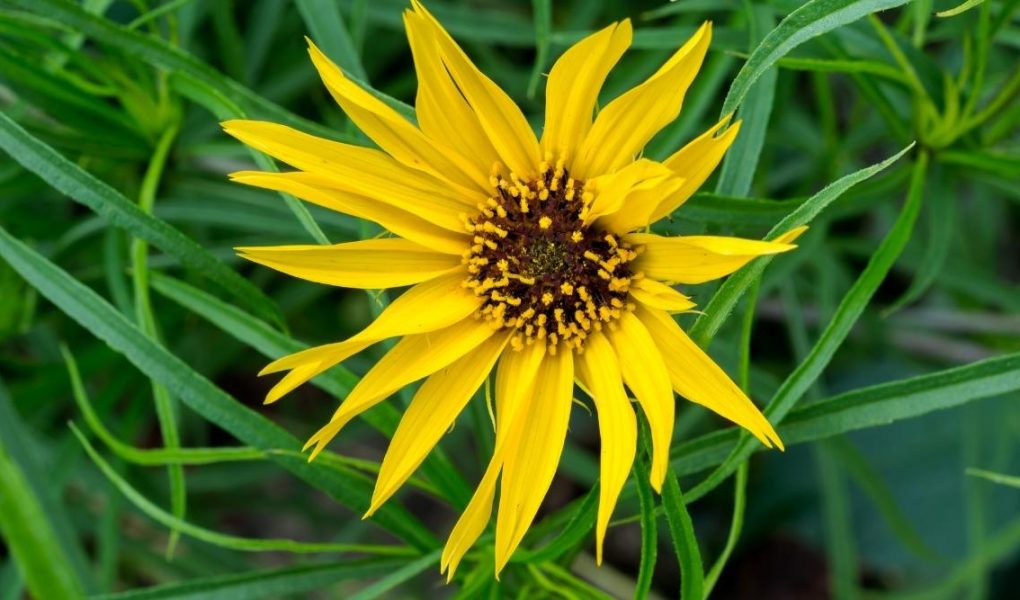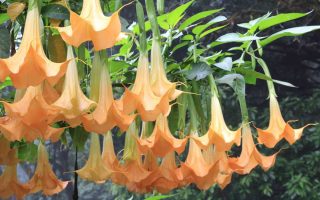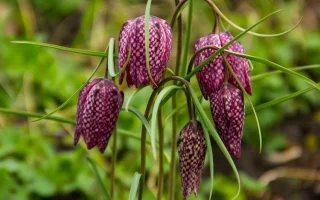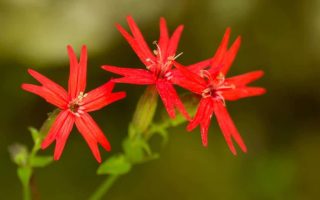ist-pasion.com – The Maximilian Sunflower (Helianthus maximiliani) is a striking perennial flower that stands out with its bright, yellow blooms and tall, graceful stature. Known for its impressive height and ability to attract pollinators, this sunflower variety has become a popular choice for gardeners looking to add a bold splash of color and height to their landscapes. Whether planted in wildflower meadows, flower borders, or naturalized areas, the Maximilian Sunflower brings an unmistakable brightness and beauty to any garden.
Origins and Habitat
Native to the central United States, the Maximilian Sunflower is a hardy, drought-tolerant species that thrives in the wild, often found in prairies, open fields, and along roadsides. It is well-suited to grow in a variety of soil types, including clay, loam, and sandy soils. This sunflower is particularly well adapted to areas with full sun exposure, where it can bask in warmth throughout the growing season.
Maximilian Sunflowers have become popular in garden designs across North America, especially in wildflower gardens, prairie-style plantings, and naturalized landscapes. Their resilience in tough conditions and ability to attract pollinators make them a favorite for eco-friendly gardens that prioritize sustainability.
Characteristics and Varieties
The Maximilian Sunflower is known for its tall stature, often growing between 4 and 10 feet tall, with some plants reaching up to 12 feet in ideal conditions. This height makes it an excellent choice for the back of garden borders, where it can create an impressive vertical accent and provide structure to a flower bed. Its slender, green stems are topped with clusters of bright yellow, daisy-like flowers that bloom from late summer to fall, bringing cheerful color to the garden when many other plants have finished blooming.
Each flower head features a central disk of dark brown or black seeds surrounded by vibrant yellow petals. The flowers are arranged in clusters on long, branching stems, creating a bold and showy display. The leaves of the Maximilian Sunflower are lance-shaped, dark green, and slightly rough to the touch, adding to the plant’s overall texture.
While the classic Maximilian Sunflower has yellow blooms, some cultivars and hybrids may produce slightly different hues or flower shapes. However, the traditional variety is prized for its sunny, golden-yellow color and its ability to bloom in late summer and early fall when other sunflowers have already finished their flowering season.
Growing Maximilian Sunflower
The Maximilian Sunflower is a relatively easy plant to grow and care for, making it a great choice for both beginner and experienced gardeners. It prefers full sun and well-drained soil, though it can tolerate a range of soil conditions, including those that are dry and poor in nutrients. Once established, the Maximilian Sunflower is drought-tolerant and can thrive with minimal care, making it a low-maintenance plant for gardens that want to conserve water.
Planting Maximilian Sunflowers is best done in the spring after the threat of frost has passed, though they can also be started from seed indoors in late winter for an earlier start. Space the plants about 18 to 24 inches apart to allow for their upright growth and branching flower heads. If planting multiple rows, provide enough space between them to allow for air circulation and prevent overcrowding.
While the plant is relatively low-maintenance, it benefits from regular watering, particularly during dry spells, and it should be watered at the base to prevent foliage rot. Deadheading spent flowers can encourage more blooms, though Maximilian Sunflowers are often left to mature and produce seeds, which attract birds and other wildlife.
To support the tall stems, it may be necessary to provide staking, particularly in areas with strong winds or heavy rain, to prevent the plants from toppling over. Fertilizing the Maximilian Sunflower once or twice a year with a balanced, slow-release fertilizer can encourage healthy growth and abundant blooms, though the plant is generally adaptable to a variety of soil types.
Wildlife and Pollinator Attraction
One of the most appealing aspects of the Maximilian Sunflower is its ability to attract a wide variety of pollinators, including bees, butterflies, and birds. The large, bright blooms offer a rich source of nectar for these beneficial insects, particularly in late summer and fall when fewer flowers are in bloom. The seeds of the Maximilian Sunflower are also a food source for birds, making it an excellent plant for creating a wildlife-friendly garden.
Due to its appeal to pollinators, the Maximilian Sunflower is often used in pollinator gardens, wildflower meadows, and butterfly gardens. Its long bloom period provides sustenance to pollinators for several months, helping to support local ecosystems and promote biodiversity in the garden.
Symbolism and Significance
Sunflowers, in general, are often associated with warmth, happiness, and positivity. The Maximilian Sunflower, with its towering height and golden-yellow blooms, symbolizes strength, resilience, and the power of nature. Its ability to thrive in tough conditions and attract pollinators makes it a symbol of sustainability and ecological balance.
In many cultures, sunflowers are also seen as a symbol of loyalty, admiration, and long-lasting love, making the Maximilian Sunflower a fitting choice for gardens dedicated to these sentiments. Its bright, cheerful flowers bring a sense of joy and optimism to any space.
Maximilian Sunflower in Garden Design
The Maximilian Sunflower is an ideal plant for gardens that aim to create a striking, natural look with a touch of wild beauty. Its tall, upright form makes it perfect for adding vertical interest to borders and garden beds, particularly in areas that need a pop of late-season color. It works well in cottage gardens, prairie-style plantings, and wildflower meadows, where it can be combined with other native plants such as asters, goldenrods, and coneflowers.
This sunflower also pairs beautifully with ornamental grasses, where its bold flowers contrast with the soft, wispy texture of grasses. In addition to its role in ornamental gardens, the Maximilian Sunflower can be grown for its ecological benefits, attracting pollinators and providing habitat for wildlife.
Conclusion
The Maximilian Sunflower is a stunning, vibrant addition to any garden, known for its tall stature, bright yellow blooms, and ability to attract pollinators. Its easy-to-grow nature and low-maintenance care make it a perfect choice for gardeners looking to add a burst of late-season color and support local wildlife. Whether used as a focal point in flower beds, as part of a wildflower meadow, or to attract beneficial insects, the Maximilian Sunflower is a beautiful and functional plant that enhances any landscape.




